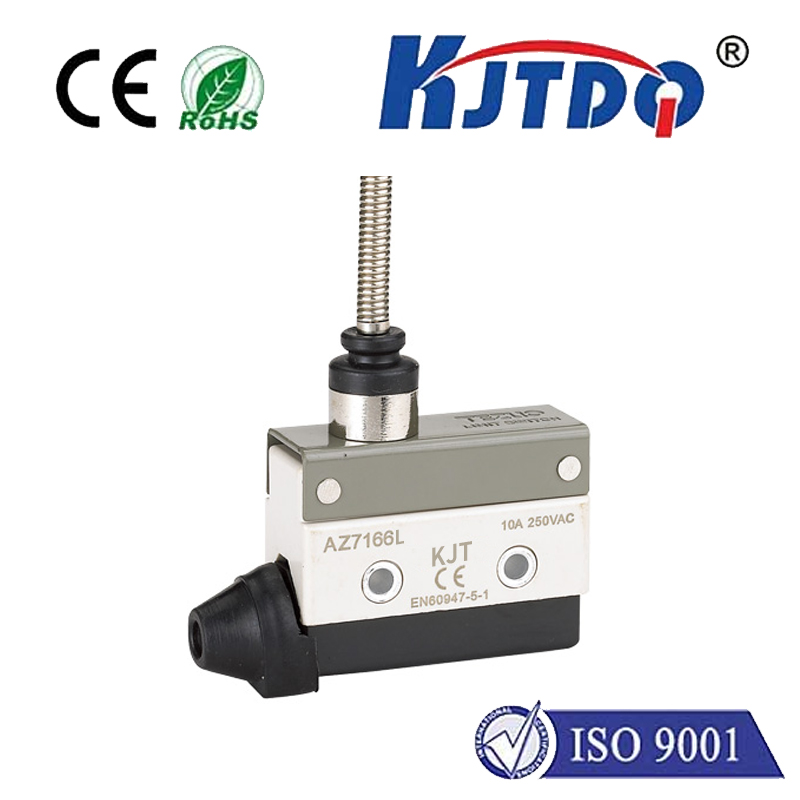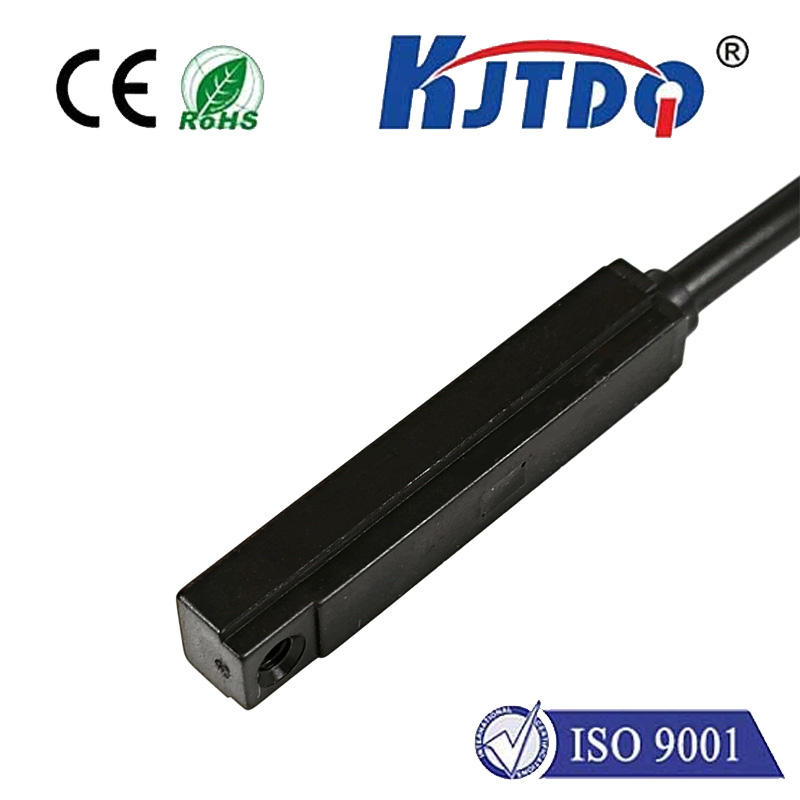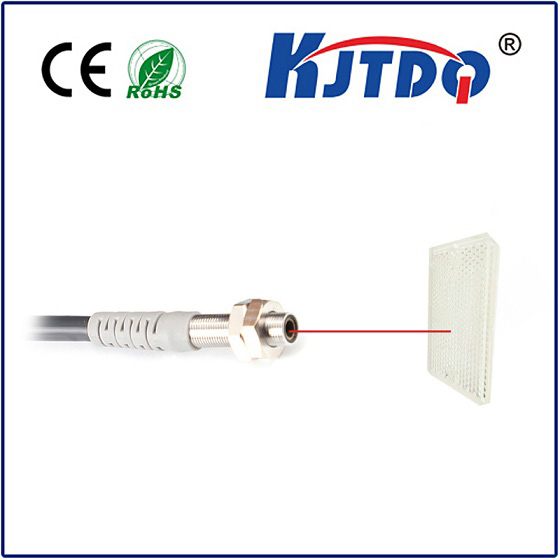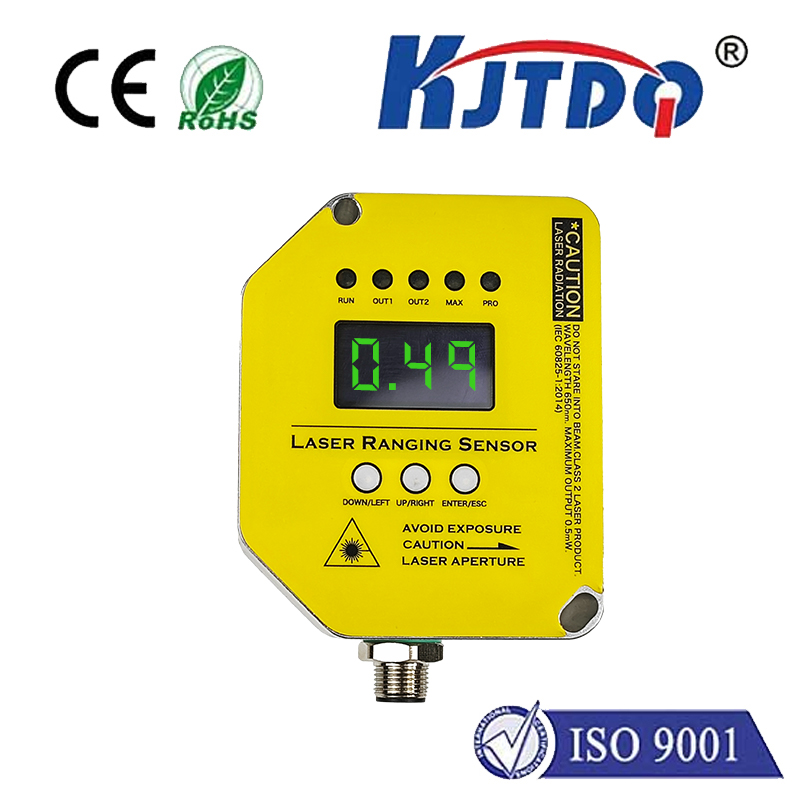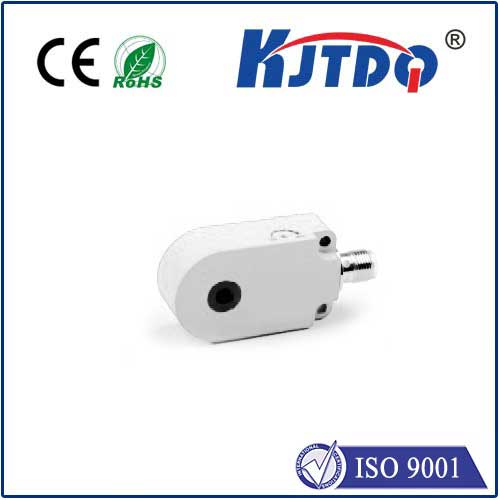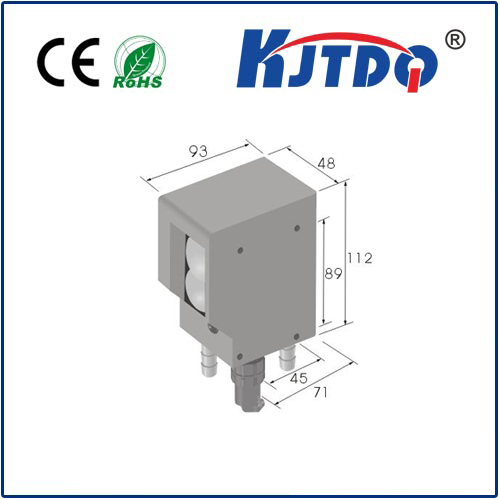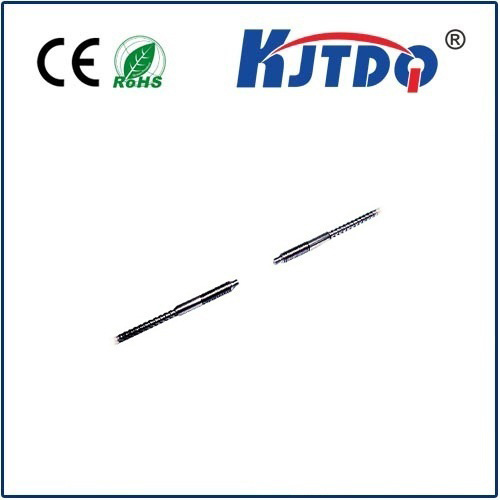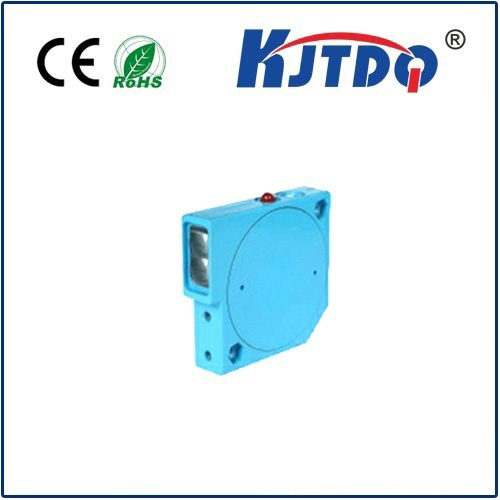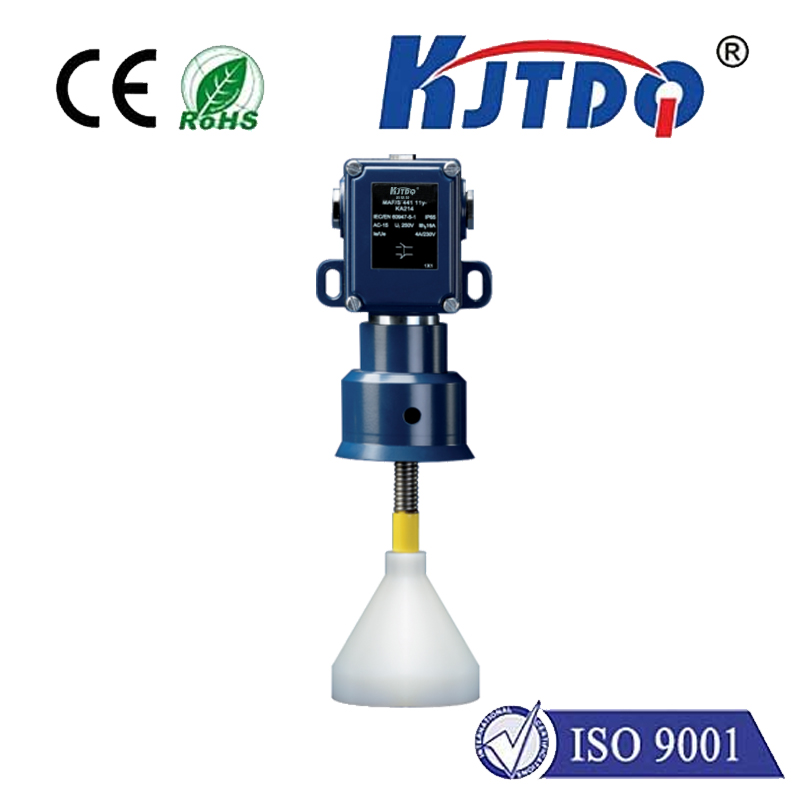

check

check

check

check

check

check

check

check

check

check

Title: “Understanding the 3 Wire Inductive Proximity Sensor: A Comprehensive Guide” Introduction The 3 wire inductive proximity sensor is an electronic device used for detecting the presence of metallic objects without physical contact. This type of sensor uses electromagnetic fields to identify changes within its surroundings and can be commonly found in a variety of industrial applications. What is a 3 Wire Inductive Proximity Sensor? A 3-wire inductive proximity sensor operates on the principle of inductance, whereby an electrical current passes through a coil, generating a magnetic field. When a metal object comes close to the sensor, the magnetic field is altered, causing a change in the sensor’s output signal. This change is then processed to determine whether an object is present or not. The three wires facilitate power supply and signal transmission, making it simple to integrate into different systems. Components and Operation of a 3 Wire Inductive Proximity Sensor The primary components of a 3-wire inductive proximity sensor include the coil, circuit board, casing, and connecting wires. The coil generates the magnetic field essential for detection, while the circuit board processes the signals. The casing protects these components from environmental factors, and the connecting wires link the sensor to the control system. During operation, the sensor is energized, and the coil emits an alternating electromagnetic field. If a conductive material enters this field, perturbations occur, which are detected by the sensing circuits. These perturbations trigger an output that indicates the presence of the target object. Advantages of Using a 3 Wire Inductive Proximity Sensor One of the main advantages of a 3-wire inductive proximity sensor is its simplicity and ease of use. With only three wires—power, ground, and output—it requires minimal wiring, reducing installation time and potential for error. Additionally, these sensors offer high reliability and durability, capable of withstanding harsh conditions often found in industrial settings. Their non-contact nature also means less wear and tear compared to mechanical switches, leading to potentially lower maintenance costs over time. Applications of the 3 Wire Inductive Proximity Sensor The applications for 3-wire inductive proximity sensors are vast and varied. They are commonly used in industrial automation to perform tasks such as counting parts on a conveyor belt or verifying that a machine door is closed before it operates. Additionally, they can be found in security systems as part of access controls or in vending machines to detect when items have been dispensed. The versatility of these sensors allows them to be utilized in any situation where the presence of a metal object needs to be detected reliably and efficiently. Conclusion In summary, the 3-wire inductive proximity sensor is a robust and reliable component widely used in various industries for detecting metal objects without direct contact. Its straightforward design, combined with the ability to withstand harsh environments, makes it a popular choice among engineers and technicians alike. Whether you’re designing a new automation system or looking to upgrade an existing one, considering the benefits of a 3-wire inductive proximity sensor could be a valuable addition to your project.
